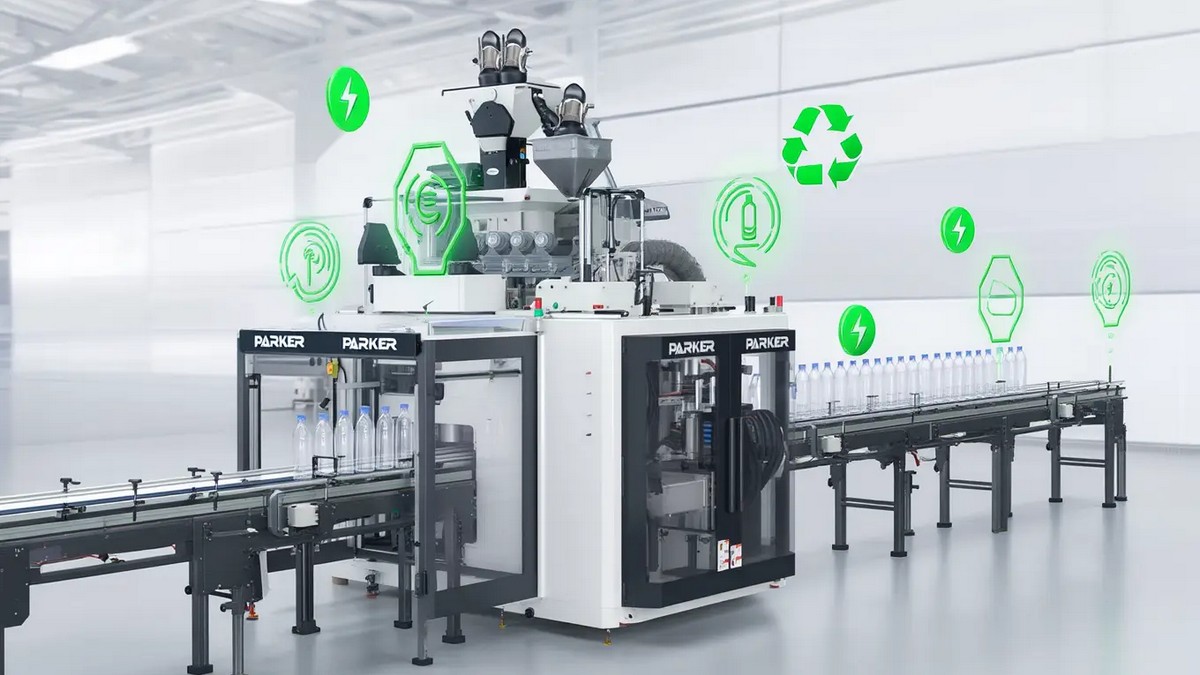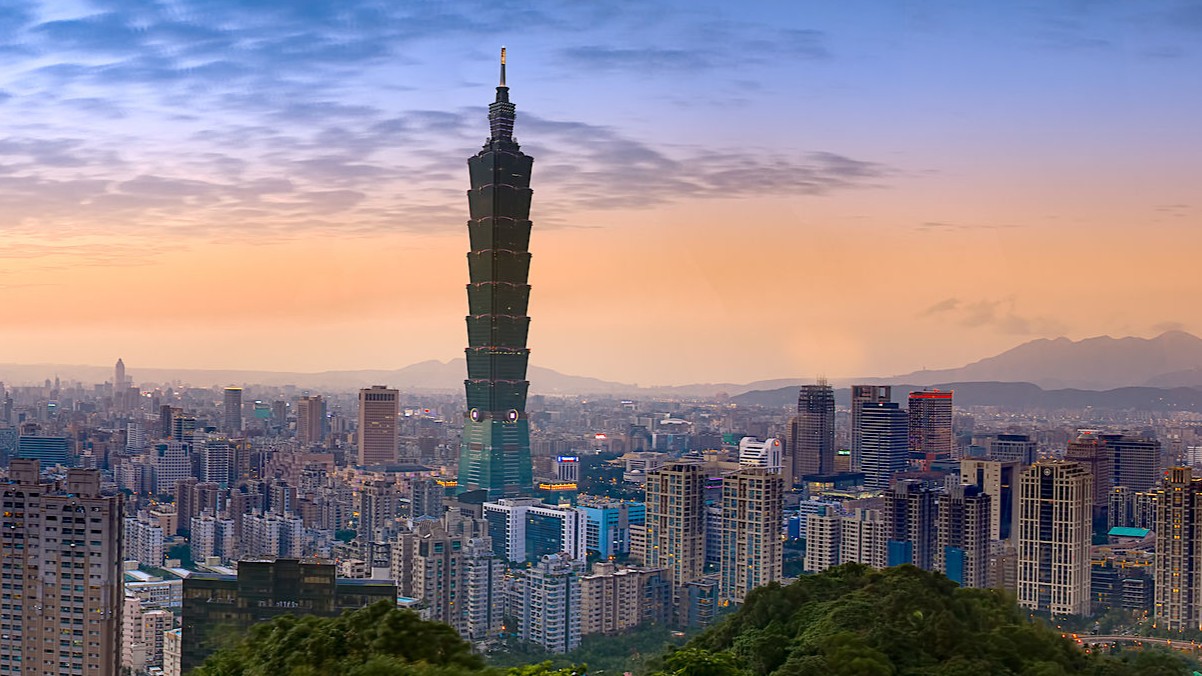Investing and setting up factories in Latin America as part of the global supply chain can supply nearby North American or European markets.
An Overview of the Latin American Market:
Latin America covers a vast territory, rich in natural resources. It has good consumption capacity and market potential and has successfully promoted regional economic integration over the years. Investment and trade opportunities in the Latin American Market cannot be underestimated.
In recent years, as a result of the trade conflict between the United States and China, many multinational companies in China have chosen to diversify their supply chains. Latin America, especially Mexico and Brazil, has become one of the primary locations for companies to relocate. Latin American countries are once again being valued by multinational companies and are seeing a new trend of regional integration and supply chain changes. Due to the impact of the COVID-19 epidemic in 2020, global economic and trade activities have undergone considerable changes.
Relevant Customs Unions for the Latin American Market:
In recent years, the Latin American region has actively carried out regional economic integration. So far, there have been several customs unions: Central American Common Market (CACM), Caribbean Community (CARICOM), Andean Community (ANDEAN), and Southern Common Market (MERCOSUR). The region also major FTAs, including: the United States-Mexico-Canada Agreement (USMCA), the United States-Central America and Dominican Free Trade Agreement (CAFTA-DR), the Pacific Alliance (PA), and the Comprehensive and Progressive Agreement for Trans-Pacific Partnership (CPTPP). The rich regional economic and trade agreements in Latin America provide countries with a good trade foundation and business opportunities for development.
Market Development in Latin American Countries:
- First, Mexico is the second-largest economy in Latin America. Due to its proximity to the US market, being a member of the USMCA, and due to Mexico's approval of the CPTPP in June 2018, various tariff and quota preferences have made Mexico a hot spot for foreign investment in Latin America. In Mexico's National Development Plan from 2019 to 2024, the economic development goals of Mexico include:
- Enhance productivity and improve efficiency.
- Promoting a more inclusive financial system.
- Job creation.
- Promote industrial innovation and improve the integration of the industrial value chain.
Mexico is Taiwan's largest trading partner in Latin America, and it is also the most important investment destination for Taiwanese businessmen in Latin America.
- Second, the existing three CPTPP member countries in Latin America are Mexico, Peru, and Chile located on the Pacific coast. Although the latter two signed the CPTPP, they have not yet completed the congressional approval process, so the CPTPP has not yet entered into force for these countries. Chile is the fifth-largest economy in Latin America. In the past ten years, its economic development has been relatively stable in Latin America, and it adopts an open policy of a free economy. Its economic freedom ranks first in Latin America, and it has an open financial system. It is regarded as Latin America’s “gold flow hub.” Chile is also actively negotiating the signing of an FTA. In addition to CPTPP, Chile has also signed economic and trade agreements with 65 economies including the United States, the European Union, and China. Peru, one of the top six economies in Latin America, is a country with a relatively stable political and economic environment and exchange rate in Latin America. It adopts an open attitude towards foreign trade and actively joins various regional integration organizations. It has signed Economic and Trade Agreements with 60 economies including the United States, the European Union, and China.
- Third, the Southern Common Market (MERCOSUR) is composed of four countries including Brazil and Argentina. Brazil is the largest economy in Latin America and was listed as one of the BRICS due to its outstanding economic performance around 2000. However, after 2012, the economic performance gradually declined. From 2015 to 2016, Brazil experienced an economic crisis, and the pace of recovery has been slow so far. Brazil has actively promoted Industry 4.0 and trade facilitation measures in recent years, committed to industrial transformation, and improved the investment environment. In the Argentine market, in recent years, the economy has not been able to get rid of economic problems such as high inflation, heavy currency depreciation, economic recession, and heavy foreign debt to the IMF. In 2019, the currency exchange rate continued to depreciate, making it one of the world's worst-performing currencies that year. These restrictions are not conducive to foreign investment in Argentina. Paraguay is the only country in South America with diplomatic ties to Taiwan, and the Economic Cooperation Agreement (ECA) signed with Taiwan came into effect on February 28, 2018. The proportion of agriculture to GDP in Paraguay is relatively high compared to other Latin American countries, and its export products are mainly agricultural products and beef. Paraguay is in the core area of South America. It is the central artery connecting other countries in South America and has a geographical advantage in international trade.
- Fourth, countries with which Taiwan has diplomatic ties and has signed FTA/ECAs with: As of 2020, Taiwan has diplomatic ties with nine countries in Latin America, namely Nicaragua, Guatemala, Honduras, and Belize in Central America. Saint Vincent, Saint Lucia, Saint Christopher, and Nevis, Haiti in the Caribbean, and Paraguay in South America. Taiwan has signed FTA/ECAs with seven of these Latin American countries, namely Panama, Nicaragua, Guatemala, Honduras, El Salvador, Paraguay, and Belize. Although Panama and El Salvador have severed diplomatic ties with Taiwan, the signed FTA/ECAs are still in force.
Overall Economic and Trade Relations Between Taiwan and Latin America:
Bilateral trade between Taiwan and Latin America has fluctuated greatly, and the deficit with Latin America has gradually widened since 2019. In 2020, Taiwan's top five trading partners in Latin America were Mexico, Brazil, Chile, Argentina, and Peru. In terms of imports, Taiwan imports many agricultural, fishery, animal husbandry, and mineral products from Latin America. The top five imported products are in order: ore, copper ore, cereals (such as corn), steel, and soybeans. Mineral products account for 37% of imports and are the most important products imported by Taiwan from the Latin American market.
In terms of exports, Taiwan's exports to Latin America mainly include electrical equipment, machinery and parts, plastic products, and vehicle accessories. Although Taiwan exports a relatively higher proportion of plastic products, chemical products, and spare parts for automobiles, motorcycles, and bicycles to other Latin American countries, it exports a relatively higher proportion of electronic and electrical products to Mexico and Brazil. This may reflect the actual investment of Taiwanese technology factories in Mexico and Brazil, which drives the import of related parts and accessories from Taiwan. After production and assembly in Mexico, USMCA's tariff concessions are used to export products to the US and neighboring country markets, and to supply Brazil’s after production and assembly industries. Some countries, such as Nicaragua and Haiti, export large volumes of spinning raw materials (such as synthetic fibers, knitwear, etc.) because Taiwanese textile companies have set up factories there locally. After making ready-to-wear products locally, they are exported to the United States and Latin American markets.
Global Supply Chain Analysis:
The 2018 US-China trade conflict and the impact of the COVID-19 epidemic in 2020 have highlighted the vulnerability of over-concentrated supply chains under globalization, and some supply chains have fallen into a crisis of chain disconnection. Since then, global supply chains have gradually moved towards promoting decentralization, regionalization, and short-chaining. Many Taiwanese businessmen occupy key positions in many industrial supply chains, and many of these businessmen have implemented investment diversification strategies to diversify investment and production risks long before the conflict between the United States and China. They have made early investments in different regions to reduce dependence on China’s market. The COVID-19 epidemic has accelerated these trends. Some of these export-oriented Taiwanese companies have gradually withdrawn their production lines from China and relocated their factories to Southeast Asia, India, Eastern Europe, Mexico, and other countries with lower production costs. Reducing the proportion of production done in China and transferring to other overseas regions has allowed them to establish other backup bases.
Taiwanese businessmen participate in the global supply chain in Latin America. Taiwanese businessmen entered the Latin American market as early as the early 1990s. Latin America has the advantage of being connected to the U.S. market, and when China ascended to the WTO in 2001, various Latin American countries also obtained most-favored-nation treatment. Competitiveness increased year by year. In addition, due to the rapid rise of Asian economies such as Vietnam and Thailand, and the slower development of their export trade, Latin American countries became far less involved in global supply chains than developing Asian countries. At present, most countries in Latin America mainly focus on supplying local natural resources for agriculture, fishery, and livestock. Mexico has more developed supply chains for electronic motors, automobiles, and aerospace industry products, and Nicaragua’s textile and garment industries have more extensive supply chains.
It is worth noting that the US-China trade conflict and the epidemic have not resulted in a substantial increase in Taiwan's investment in Latin American countries. Although the regionalization and shortening of supply chains are the current trends, manufacturers still need to meet customer requirements and considerations when choosing where to invest and set up factories. They need to assess to what extent conditions such as infrastructure, industrial base, and labor conditions in Latin American countries may limit their participation in the global supply chain. Therefore, at present, Taiwanese companies are still focusing on investing in and setting up factories in Asia.
Industrial Supply Chains and Taiwanese Companies Participating in the Latin American Market and Their Relationship with Global Supply Chains:
-
In the textile garment and footwear industry:
Taiwan's textile and apparel industry still regards the European and American markets as its ultimate sales targets. Therefore, to meet customer requirements, maintain efficient supply chains, and reduce risk, diversified production bases have been set up around the world. Investing and setting up factories in Latin America makes it easy to supply the North American or European markets nearby.
-
In the consumer electronics industry:
Most of Taiwan's electronics manufacturers do OEM manufacturing for international brands, serving American, European, and Japanese brand manufacturers. In 1990 in response to NAFTA, many brand owners invested in Mexico, thus attracting Taiwanese suppliers to set up factories in Mexico, to more easily enter the North American market. The U.S.-China trade conflict has led to the development of decentralized, regionalized, and short-chain supply chains, and has attracted Taiwanese businessmen to rekindle their investment interests in Mexico and Brazil.
-
In the automobile, motorcycle, and spare parts industry:
Taiwanese companies set up auto and motorcycle parts factories in Latin America, mainly because they cooperated with American and Japanese car manufacturers in Mexico in the 1990s, to set up factories there as part of their global supply chain. Unlike in the textile and apparel or electronics industries, most auto parts manufacturers investing in Latin America are small-scale, and are not suppliers or commissioned OEMs of large automakers. They are not part of the global automotive supply chain. It is worth noting that in recent years, the number of Taiwanese bicycles being exported to the Latin American market has gradually increased. Especially after the epidemic in 2020, the export of electric bicycles to Latin America has increased significantly.









.jpg)
.jpg)
.jpg)

.jpg)
